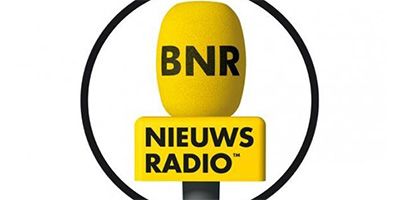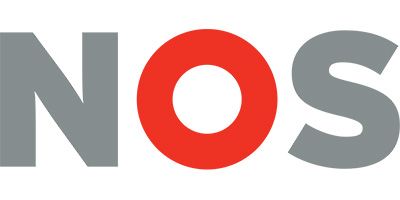
How Two Psychologists are Making New York’s Museum & Gift Shop Sales go Through the Roof
In 2018, the consumer psychology duo Tim and Tom stepped into many of NYC’s most renowned museums and attractions. Not just to gaze in awe at the museums’ countless splendors, but to provide them with evidence-based psychological tweaks on the final exhibit that matters most: the gift shop.
Tim and Tom are founders of Unravel, an agency specializing in consumer psychology and neuromarketing. Founded in Amsterdam – a city bursting so much with tourism it makes Times Square look almost serene – the agency was first to bring insights from psychology and neuroscience to the leisure industry in the form of a systematic Psychological Store Scan.
Currently, countless of museums and attractions around the globe call upon Unravel’s consumer psychology consultants to apply the latest scientific insights on tweaking their stores. With solid revenue increases of up to 54%, the power of behavioral science to increase the sales of even the most established gift shops is very real indeed.
What’s So New About Psychology in Store Optimization?
The psychological approach to shop optimization marks a major breakthrough from the days of traditional retail consultancy and optimization. The old school perspective mostly looked at the ‘big stuff’ such store concept, lay-out and merchandising plan.
While this was once very valuable, many stores have reached the roof of their optimization curve on these domains.
In addition, changing major elements such as store lay-out, products, furniture, floor and lighting eat up a major chunk out of your budget. Needlessly. Because major revenue increases can often be made with little effort, through changes that are so subtle that no person will consciously notice them other than the accountants who’re dropping their jaws at the sales charts.

Examples of How Psychology Increases Shop Revenue
Neuroscientists have known for ages that many steps in the customer journey are taken completely outside of conscious awareness. A purchase in a gift shop rarely stems from rational decision making, but rather a subtle interplay of many environmental cues that affect attention, emotion, impulsivity, dwell time, product interaction, desire and the ultimate feeling of ‘this choice just feels right’.
This means a lot can be won by looking at the small details that spark people to grab for their wallets. Did you know the location of a price on the price tag (left or right?) matters a great deal whether people feel a product is a ‘good deal’? Or that a sign is much more likely to be acknowledged when the visual is placed to the left of the text, instead of to the right.
Want to discover more examples of retail psychology that you can instantly apply to your store? Read our Blog “5 Examples of Subtle Retail Psychology Techniques that Make a Huge Sales Difference”.
Want to go even further and measure the highs and lows of your customers during their shopping trip? Then you may like "Neuromarketing in Retail: Increase Your Turnover with Brain Research (EEG) and Eye Tracking".






